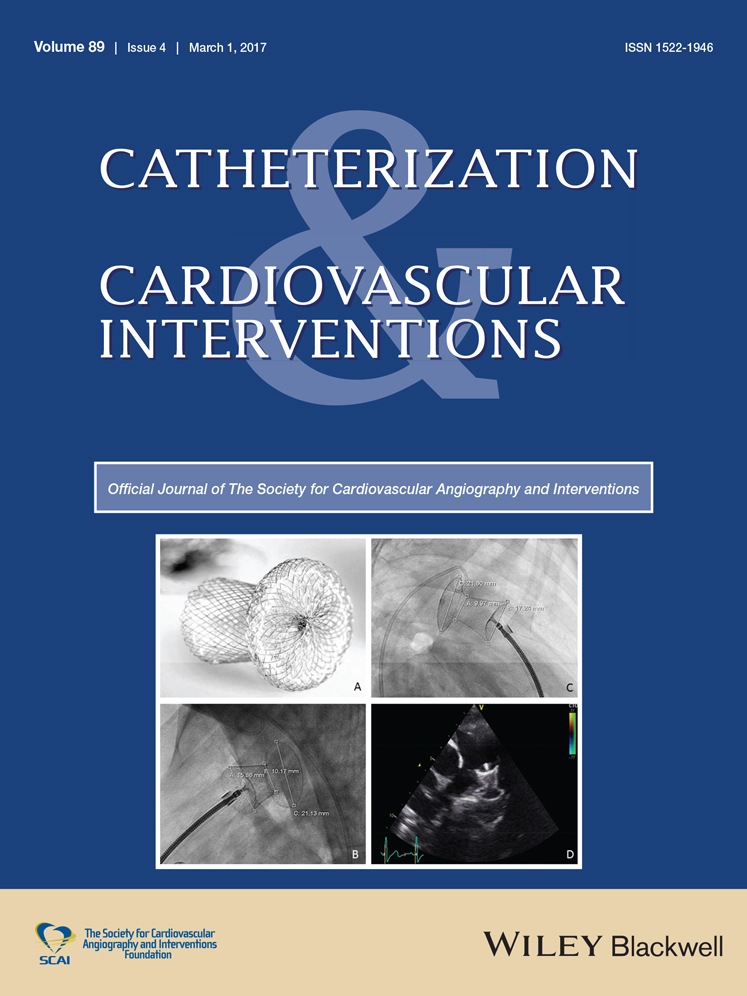Evaluating the quality of implantation of percutaneous ventricular restoration device (Parachute®) by cardiac computed tomography
Mohamad Amer Alaiti and Anas Fares contributed equally to this work.
Conflict of interest: Dr. Costa and Dr. Bezerra are consultants for CardioKinetix. Marco A. Costa, Hiram Bezerra, Huseyin Ince and William T Abraham are consultants for CardioKinetix Inc, Menlo Park, CA.
Abstract
Background
The Parachute is a novel percutaneously implanted ventricular partitioning device (VPD) that has emerged as a safe and feasible treatment option for patients with heart failure following anterior wall myocardial infarction. VPD efficacy is likely dependent on optimal device placement, but to date there are no published data examining the effect of device positioning on patient outcomes.
Methods and results
We retrospectively identified 32 patients successfully implanted with the Parachute device, all of whom underwent cardiac computed tomography (CCT) at baseline and after 6 months of follow-up. Patients were divided into two groups based on self-reported improvement in New York Heart Association (NYHA) functional class: “not improved NYHA” (n = 12) and “improved NYHA” (n = 20). There were significant differences between both groups with regard to device positioning on follow-up CCT. Compared to patients with “improved NYHA,” patients with “not improved NYHA” had longer distances from device foot to left ventricular apex (8.0 ± 4.9 vs. 2.9 ± 4.6 mm; P = 0.01), and higher lateral angles (18.0 ± 14 vs. 9.1 ± 6.8 degrees; P = 0.02), respectively. There was no significant difference between the two groups in landing zone (45.4 ± 7. vs. 45.1 ± 6.9 mm; P = 0.92) and inferior angle (14.0 ± 11.9 vs. 14.3 ± 10.1 degrees; P = 0.95). There was a numerically larger malapposition area in the “not improved NYHA” group (5.1 ± 4.5 vs. 3.2 ± 2.2 cm2; P = 0.12).
Conclusion
Quality of Parachute implant impacted clinical outcome, these findings should be applied prospectively in helping operators to achieve optimal implant. © 2016 Wiley Periodicals, Inc.




